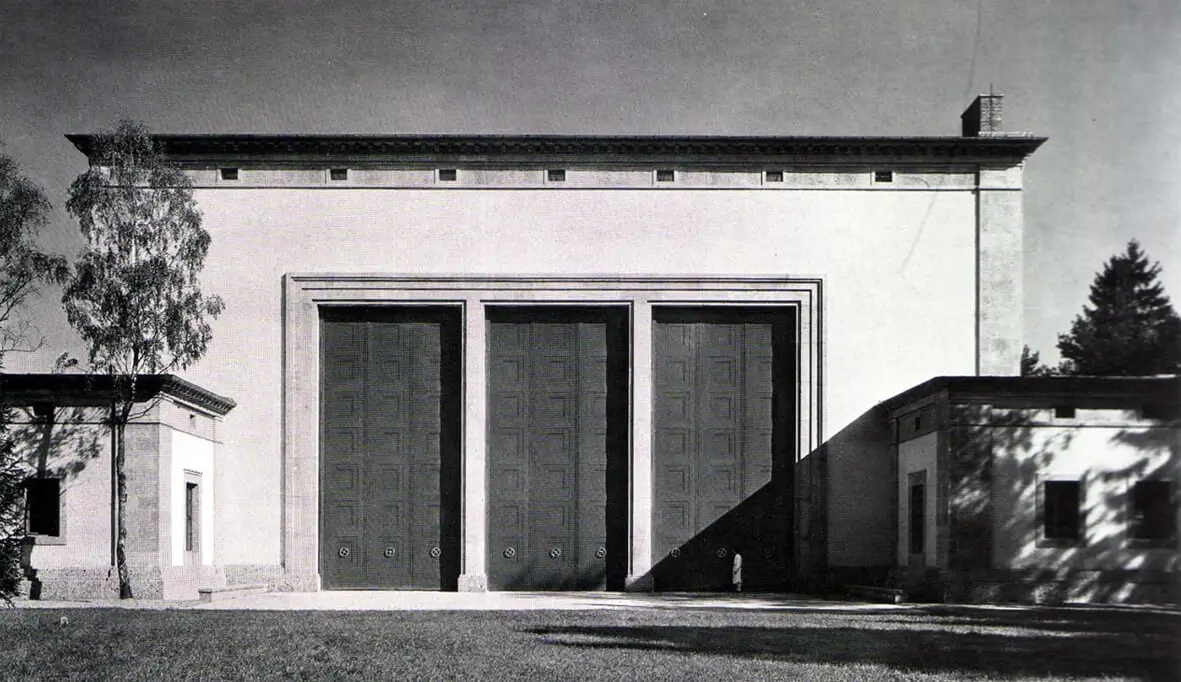We capture trading data from exchanges
to analyze and build trading strategies.

When does price change rapidly?
Price changes when the rate of trading changes.
Change in price (red are sell orders, green are buy orders) is correlated with number of trades (blue bars). Price is listed on the right axis (in red) and number of trades is listed on the left axis (in blue).


What is the distribution of trading?
The density of trading clusters in time. The rate of trading rockets up to 670 trades/sec from an average of 29 trades/sec (~three hours of trading).
Area under the graph (in pink) represents number of trades at that price point (x-axis).


How many Bitcoins are traded in the average order?
The vast majority of trade orders are just .05 Bitcoin in size.
The quantity of Bitcoin is listed on the x-axis using a log scale, that is, equally spaced intervals represent an exponential increase in quantity: 10, 100, 1000, 10000, and 100000...and so on. The frequency with which a particular quantity of bitcoin was traded is listed on the y-axis. Also listed on the graph is the overall average, median and max quantities of Bitcoin traded in the market.


When are large orders of Bitcoin traded?
Market maker trades small amounts of BTC in the background, but market participants trade larger quantities of Bitcoin when price changes rapidly.
The quantity of Bitcoin is listed in blue on the left side (y-axis). Orange (sell orders) and Teal (buy orders) triangles are used to represent the amount of Bitcoin traded in that particular trade. The price at which Bitcoin was traded is listed in red on the right side (y-axis). Green and Red crosses are used to represent buy and sell orders.


